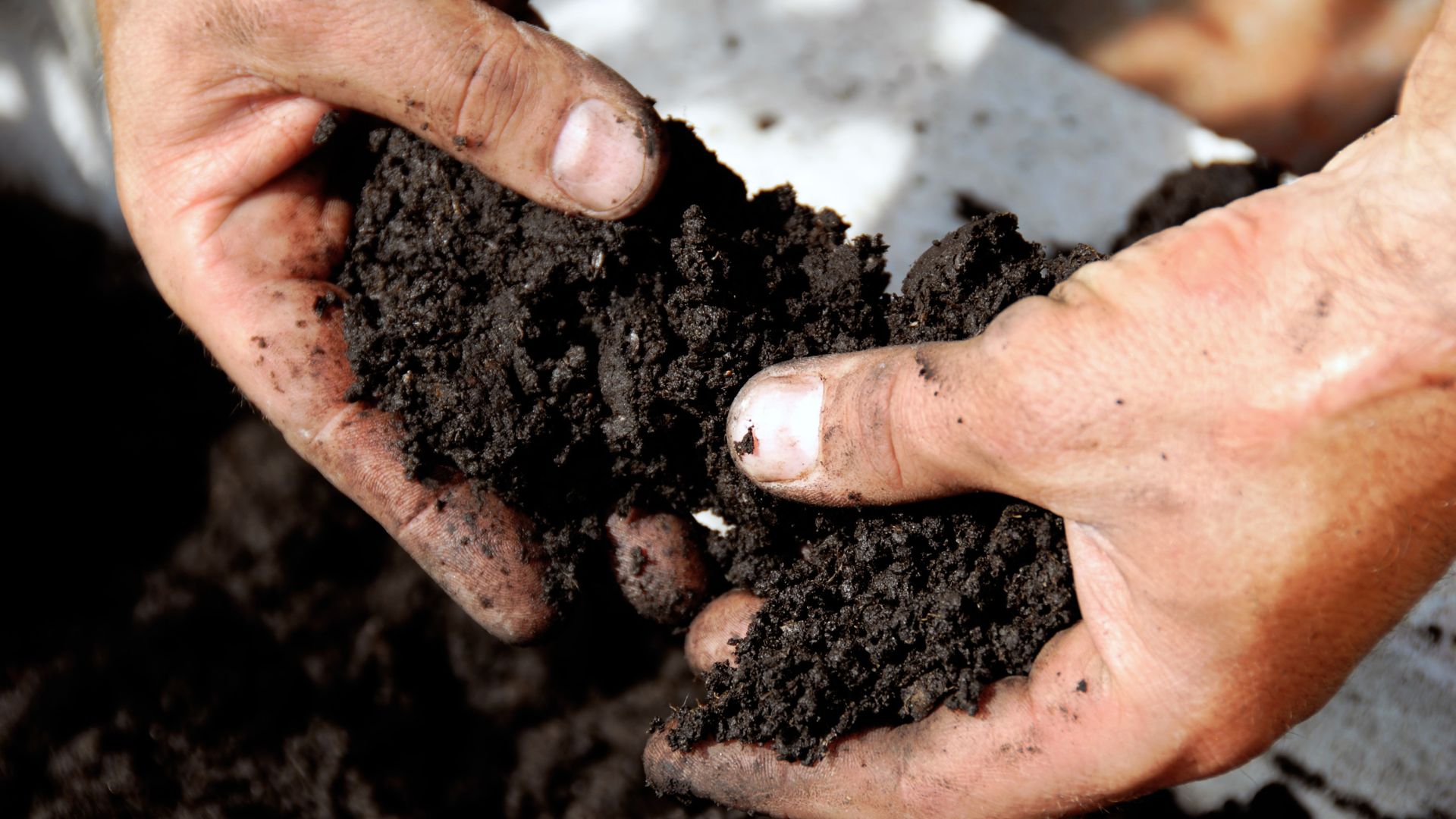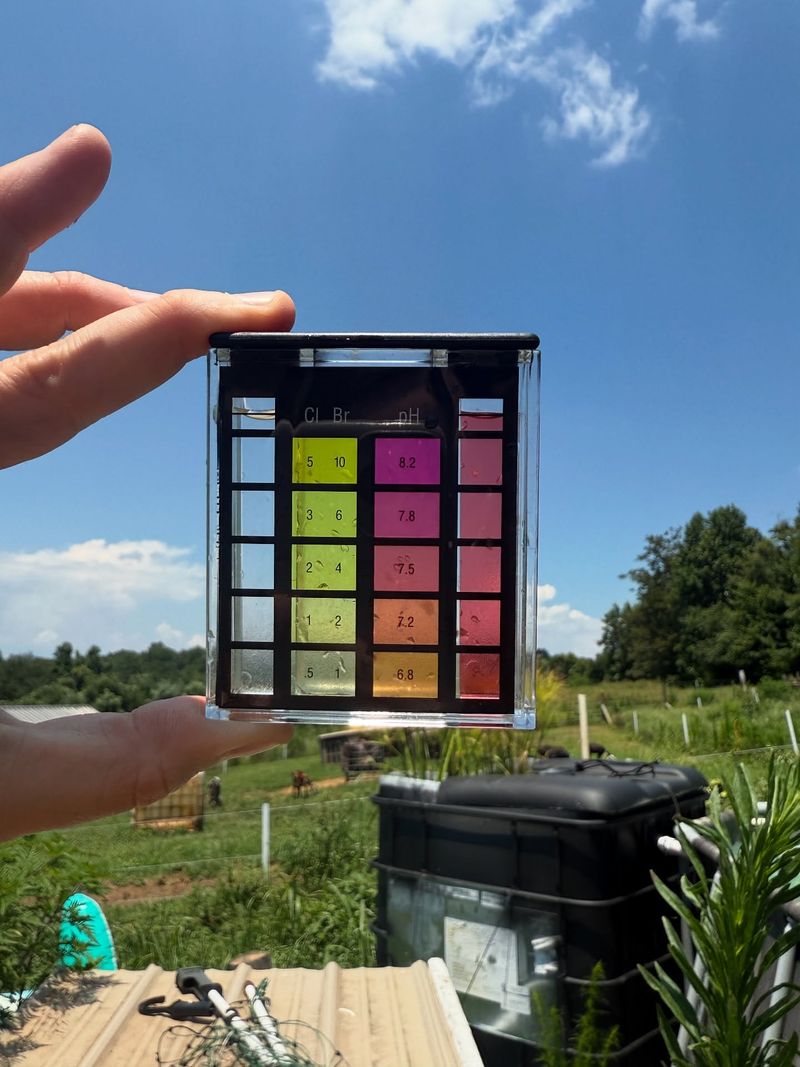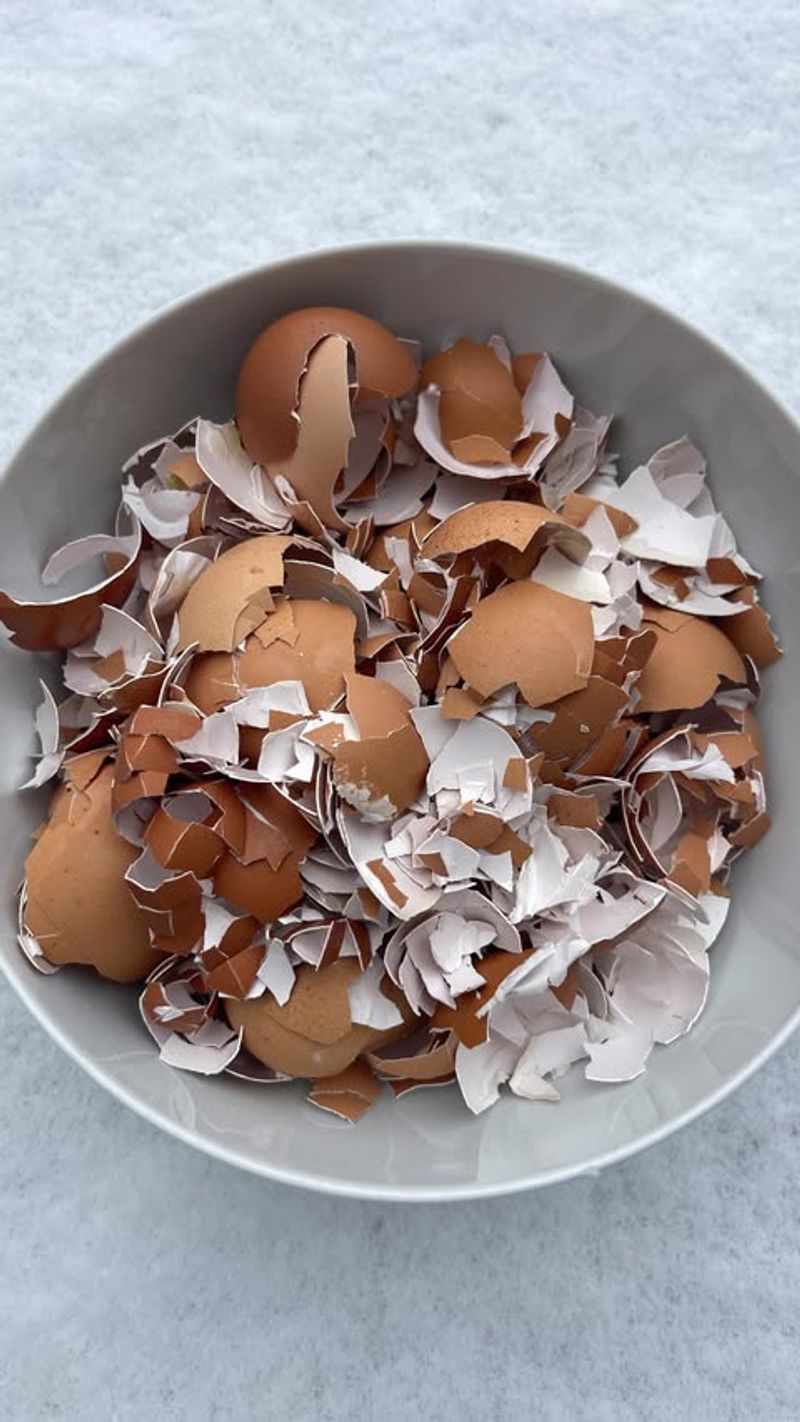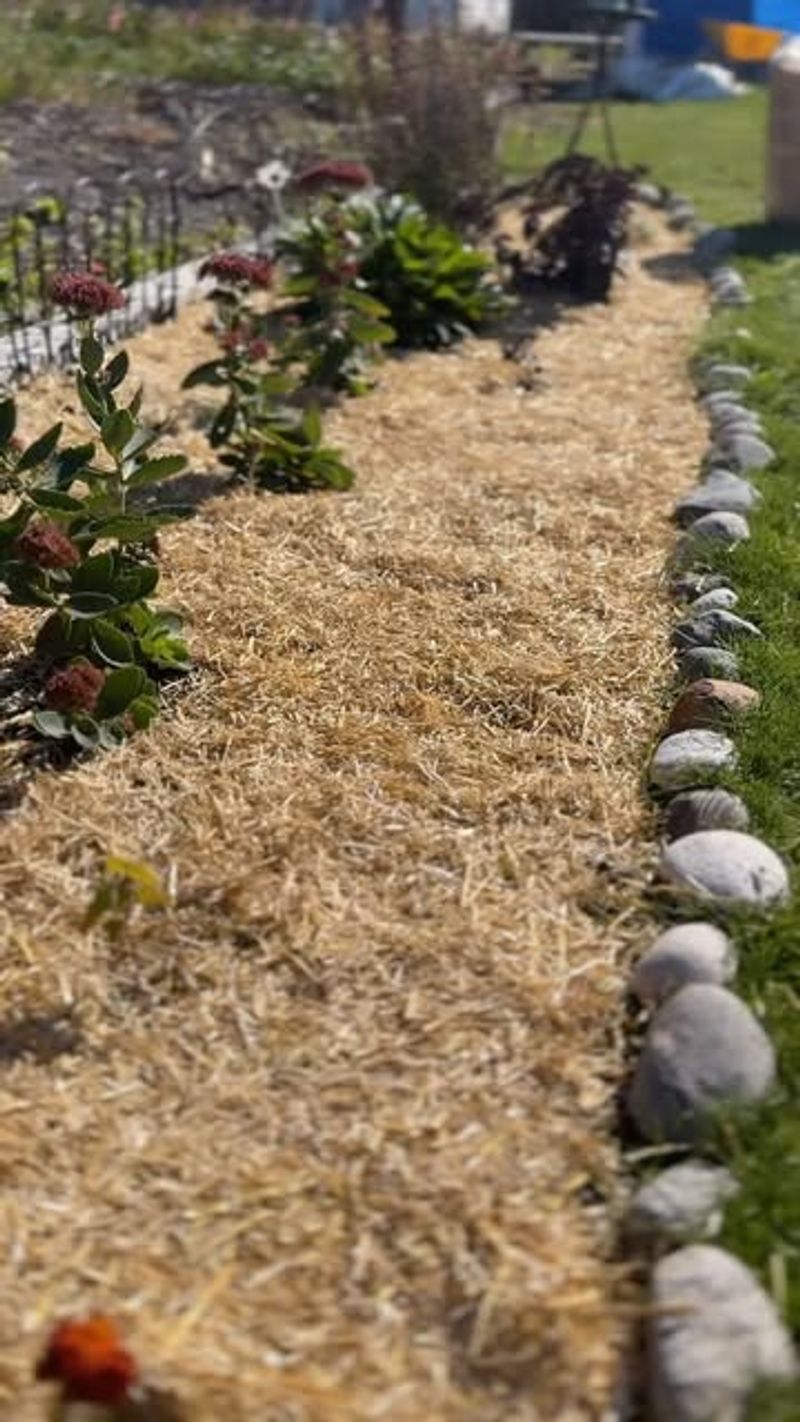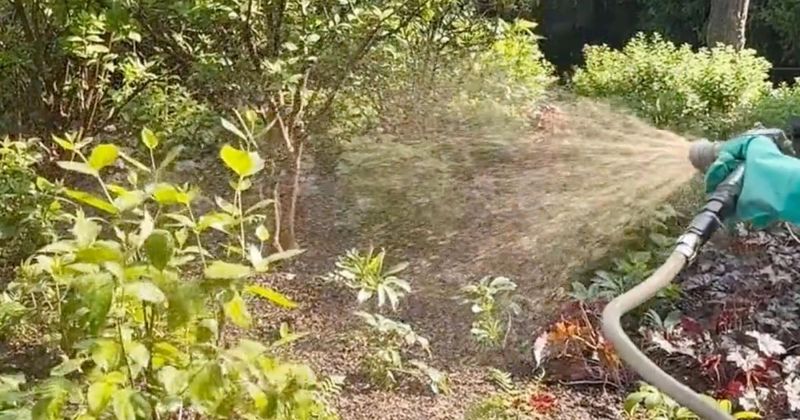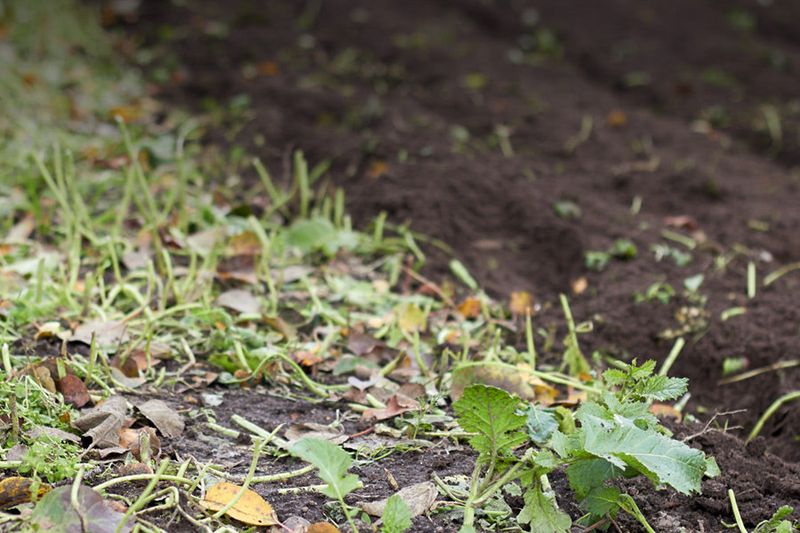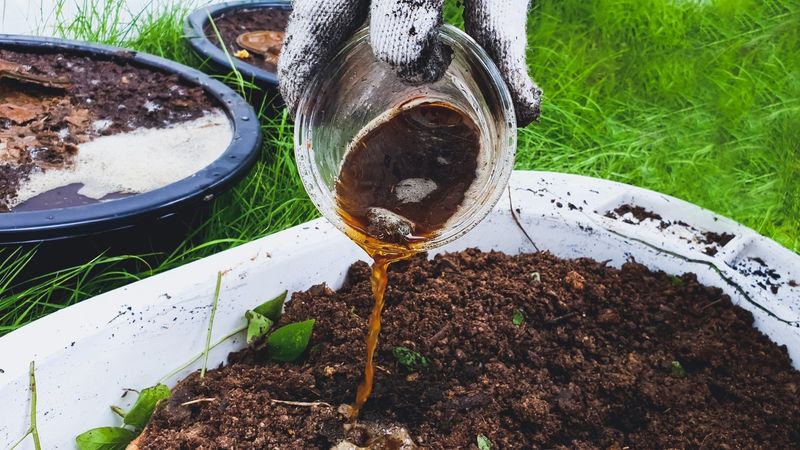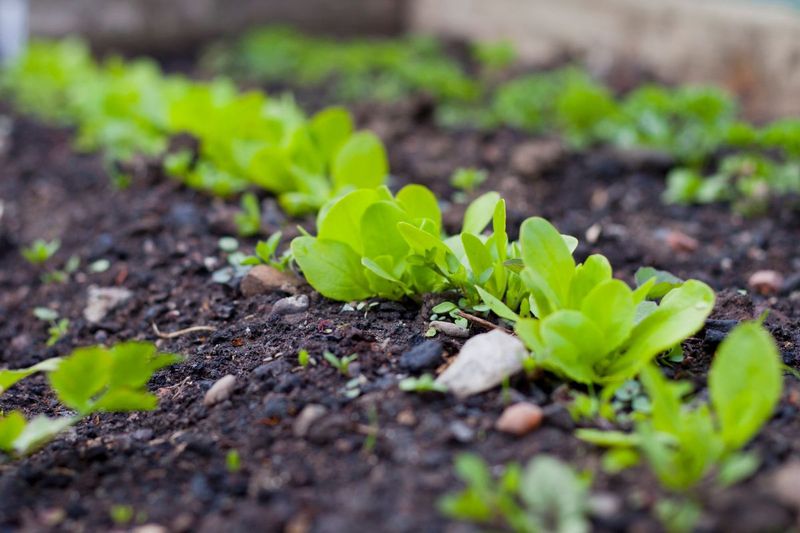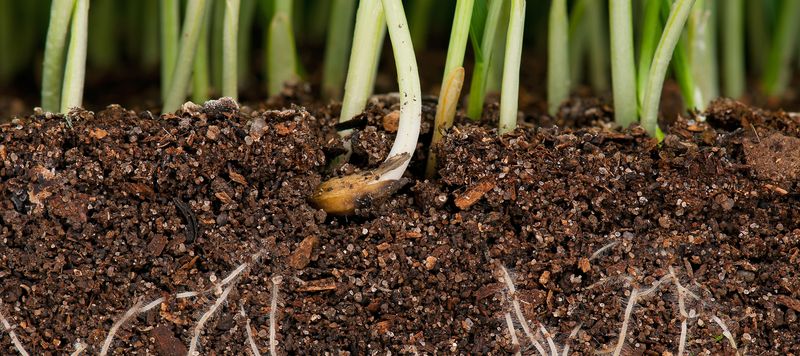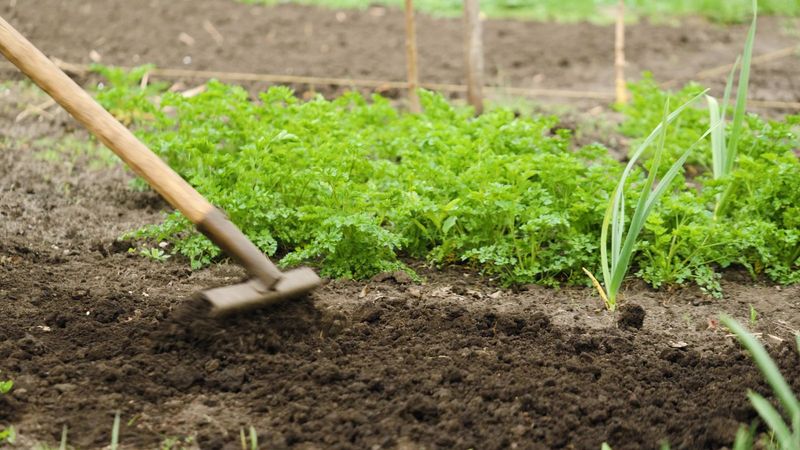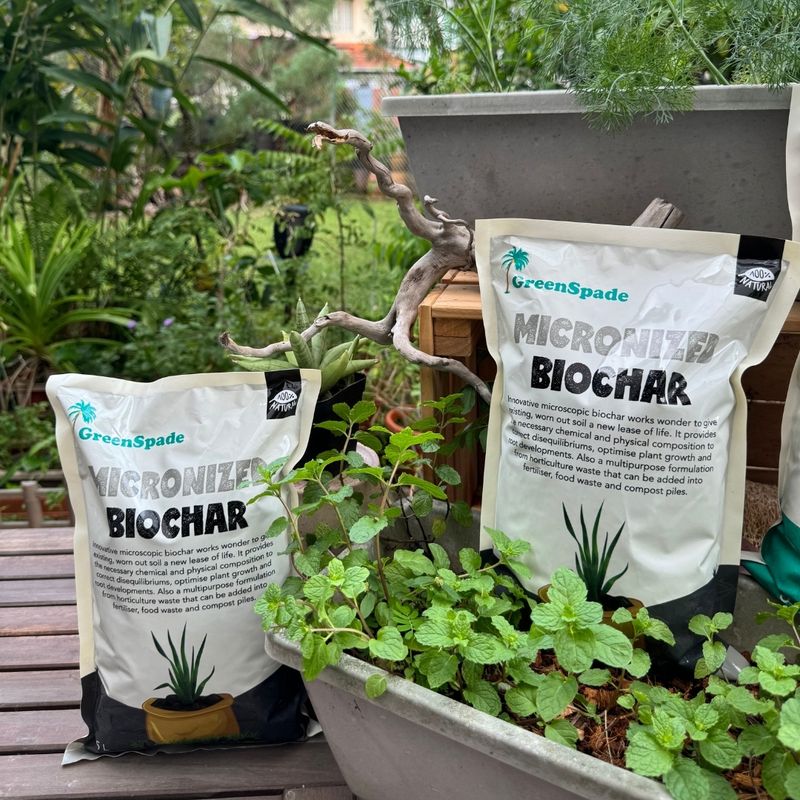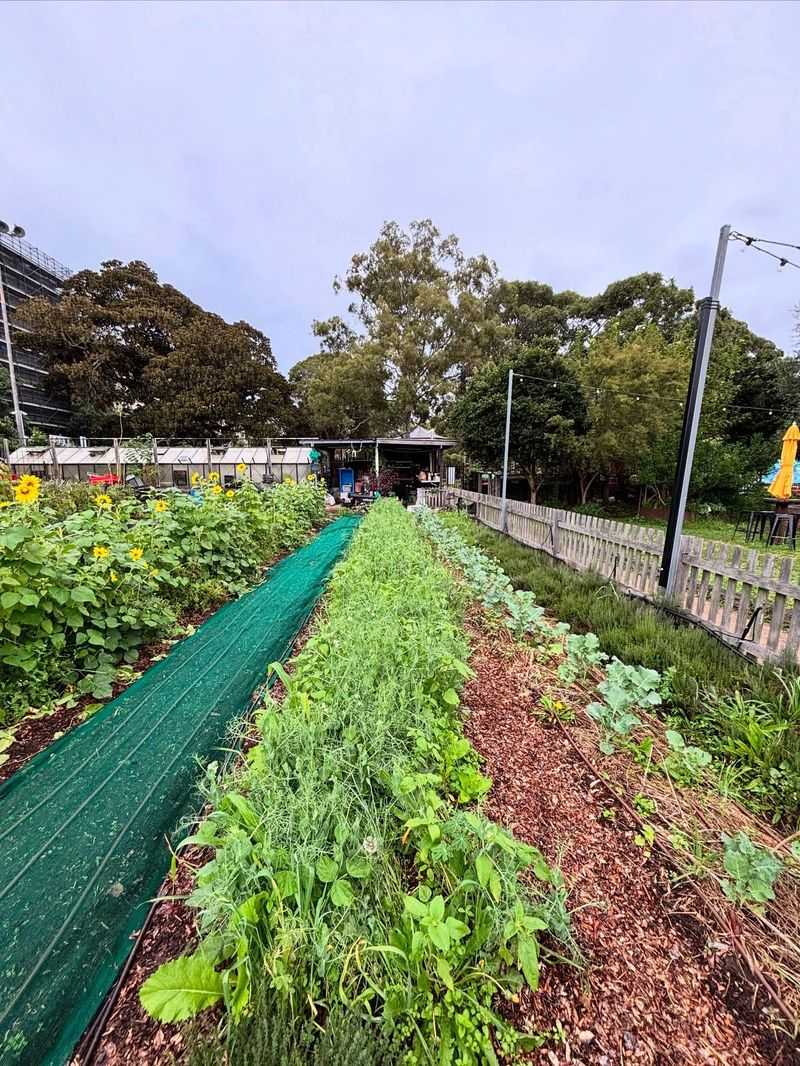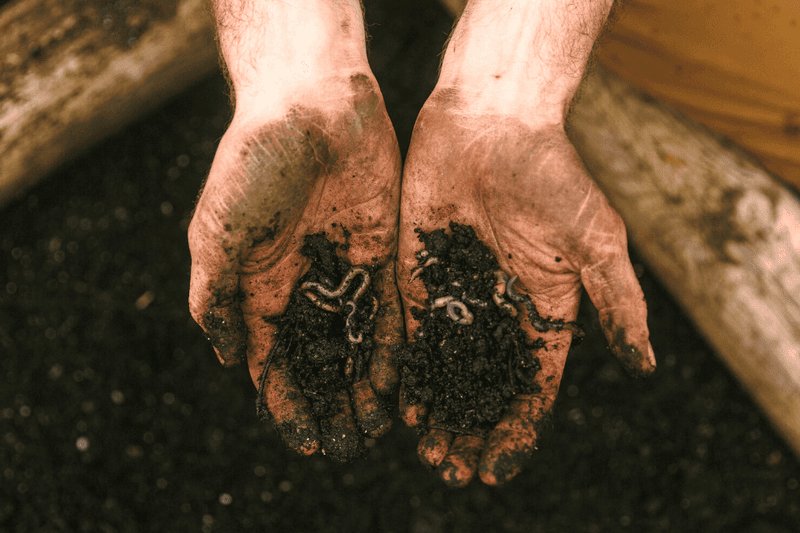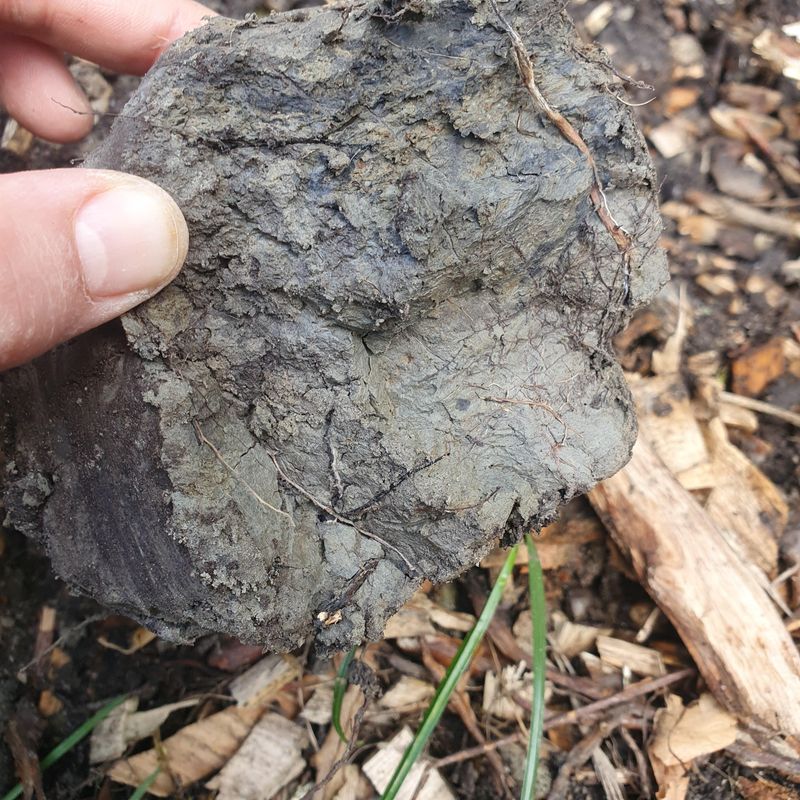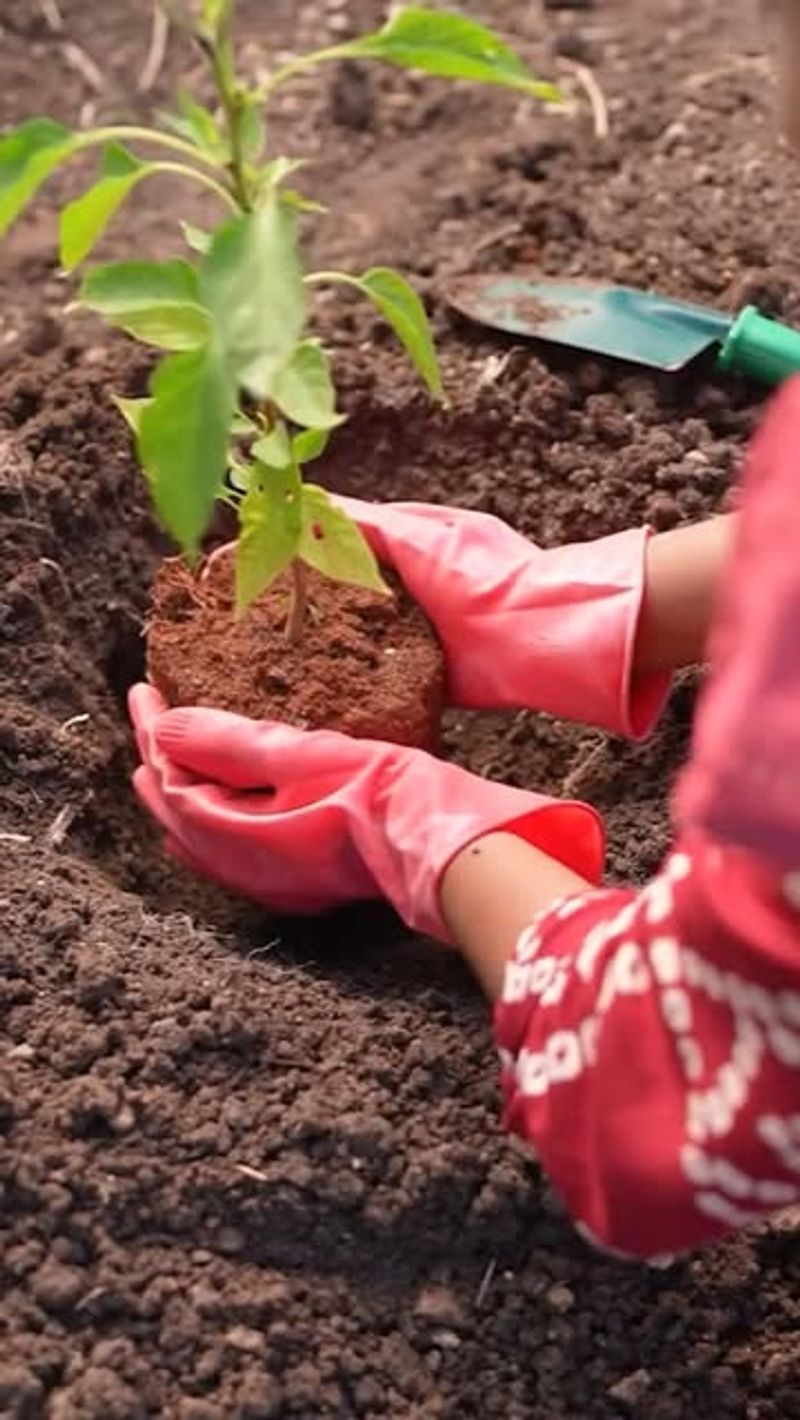August in Illinois opens the door to a longer, more productive harvest season. With 15 smart soil prep techniques, you can stretch your growing window well into fall. I’ve learned that a few timely tweaks now can mean weeks more of fresh produce later.
The Prairie State’s climate brings both perks and quirks for late-summer gardening. Last year, a mid-August soil boost kept my tomatoes thriving until the first hard frost—nearly a month past my neighbors’. These methods really sync with Illinois’ shifting temps and rainfall. Prepping your soil now sets up fall crops and supports what’s already growing.
My favorite trick is #7—it completely changed how my root veggies mature in cooler weather. And the best part? August soil work doesn’t have to be intense—small changes go a long way here.
1. Test Your Soil pH Now
Late summer soil testing provides crucial information before fall planting begins. Most Illinois gardens naturally trend toward slightly acidic conditions, but summer crops can deplete specific nutrients.
Grab an inexpensive soil test kit from your local garden center and check both pH and major nutrient levels. Aim for a pH between 6.2-6.8 for most fall vegetables. This simple step prevents wasting money on unnecessary amendments while ensuring plants can actually access the nutrients you provide.
2. Add Calcium For Strong Fall Plants
Calcium deficiency causes frustrating problems like blossom end rot in tomatoes and peppers. August is perfect timing to address this before your fall plantings.
Crushed eggshells work wonderfully when mixed into the top 3 inches of soil. For quicker results, agricultural lime provides immediate calcium while gradually adjusting soil pH. Many Illinois soils naturally lack sufficient calcium, especially after heavy summer rains wash away nutrients.
3. Refresh Mulch Layers
Summer heat often breaks down mulch faster than expected. By August, many Illinois gardens have thin, compacted mulch that’s no longer effective at moisture retention.
Add a fresh 2-inch layer of organic mulch around established plants and in newly prepared beds. Straw, shredded leaves, or pine needles work exceptionally well. The refreshed mulch insulates soil from temperature fluctuations while preventing weed seeds from germinating during late summer rains.
4. Incorporate Compost Tea Soaks
Rather than waiting for solid compost to break down, compost tea delivers immediate nutrients to tired August soil. The liquid form penetrates quickly, revitalizing soil biology that may have suffered during hot weather.
Brew your own by steeping finished compost in water for 24-48 hours. Apply this nutrient-rich liquid directly to soil around plants, focusing on areas where you’ll soon plant fall crops. Illinois gardeners report significantly stronger fall seedlings when using this method.
5. Break Compacted Soil Gently
Summer rain followed by intense heat creates concrete-like soil conditions across many Illinois gardens by August. This compaction prevents root growth and water absorption just when plants need it most.
Use a garden fork to gently lift and separate soil without turning it over completely. Work in concentric circles around existing plants, staying 6-8 inches away from stems. This technique preserves beneficial soil organisms while creating channels for water and oxygen to reach deeper root zones.
6. Add Quick-Release Nitrogen
Many Illinois gardens show nitrogen depletion by mid-August, with yellowing lower leaves on tomatoes and corn. This essential nutrient fuels the final growth push for summer crops while preparing soil for fall planting.
Fish emulsion provides fast-acting nitrogen that plants can immediately access. Dilute according to package directions and apply directly to soil around plant bases. Unlike chemical fertilizers, this natural option won’t burn plants even in August heat.
7. Create Trenches For Water Retention
August in Illinois often brings unpredictable rainfall patterns. Some areas receive sudden downpours while others experience extended dry periods.
Dig shallow trenches between rows to capture and direct water to plant roots. Make them 3-4 inches deep and slightly sloped toward plants. Add a thin layer of compost at the bottom to absorb and hold moisture. This technique maximizes every drop of rain or irrigation water during critical late-summer growing periods.
8. Introduce Beneficial Nematodes
Late summer brings increased pest pressure as insects complete multiple life cycles. Microscopic beneficial nematodes offer natural protection by targeting soil-dwelling pests before they damage fall crops.
Apply these beneficial organisms in evening hours when soil is moist but not waterlogged. Water lightly after application to help them move into the soil profile. Unlike chemical pesticides, nematodes won’t harm earthworms or beneficial insects that contribute to soil health.
9. Till Under Spent Plants Strategically
August offers the perfect opportunity to return nutrients to soil through green manure techniques. Plants that have finished producing can become valuable organic matter.
Remove any diseased portions first, then chop remaining plant material into small pieces directly on the soil. Till these green materials into the top 4 inches of soil where microbes can begin decomposition. The Illinois climate provides ideal temperature and moisture conditions for quick breakdown during late summer.
10. Add Biochar For Long-Term Improvement
August is ideal for incorporating biochar before fall planting begins. This specialized charcoal creates permanent soil structure improvements that benefit gardens for years.
Mix biochar with compost at a 1:4 ratio before adding to soil. The compost helps charge the biochar with nutrients and beneficial microbes. Illinois gardeners particularly appreciate biochar’s ability to improve water retention in our clay-heavy soils while creating permanent carbon sequestration.
11. Apply Organic Matter Layers Now
August heat breaks down organic materials quickly, making this the ideal moment to add a fresh layer of compost to your garden beds. Your soil microbes will feast on these nutrients, creating a rich foundation for fall crops.
Kitchen scraps, yard waste, and fallen leaves can transform into black gold for your garden. Layer these materials 2-3 inches deep, working them gently into the top few inches of soil.
A fun fact: Illinois soil naturally contains some of the highest organic matter content in the country, but continuous gardening depletes these reserves. Regular additions in August help maintain the prairie-like fertility that makes our state’s growing conditions special.
12. Plant Cover Crops Between Rows
Red clover, buckwheat, and annual ryegrass planted between your existing vegetable rows will become living soil improvers. These hard-working plants pull nitrogen from the air and store it in their roots, feeding your soil naturally.
Simply broadcast seeds in bare spots and water lightly until established. The August sun will help them germinate quickly while there’s still enough growing season left for them to develop.
When frost arrives, these plants will die back, creating a protective mat that prevents erosion during winter. Come spring, you’ll have nutrient-rich soil exactly where you need it most, with minimal effort on your part.
13. Create Worm-Friendly Zones
Earthworms are nature’s soil engineers, and August is prime time to roll out the welcome mat for these helpful creatures. Carve shallow trenches between plants and fill them with partially decomposed leaves or aged manure – favorite foods that attract worms to your garden.
As temperatures cool in the evening, worms will emerge to feast on these offerings, tunneling through your soil and creating natural aeration channels. Their castings left behind are like vitamin shots for your plants.
Worms work harder in August than almost any other month in Illinois, processing up to half their body weight daily. By encouraging their activity now, you’ll have fluffy, nutrient-rich soil ready for fall planting without breaking your back tilling.
14. Balance Soil Moisture With Clay Amendment
Illinois’ notoriously heavy clay soils can benefit from August amendments to improve drainage before fall rains arrive. Mix in coarse sand or expanded shale to create pathways for water movement without waterlogging delicate root systems.
Mid-August is perfect timing – the soil is warm enough to incorporate amendments effectively, yet early enough for plants to adjust before cooler temperatures. Many gardeners overlook this critical window!
For every 10 square feet of garden bed, work in about 2 inches of amendment material. This simple ratio transforms dense Illinois clay into a balanced growing medium that retains nutrients while allowing proper water flow.
15. Trace Mineral Boost For Fall Flavor Enhancement
Forgotten heroes of the garden world, trace minerals like boron and manganese play crucial roles in plant development but are often depleted by summer’s end. August application gives fall crops that extra flavor punch Illinois gardeners crave.
Rock dust, sourced from glacial or volcanic deposits, offers a slow-release mineral buffet that improves plant resilience against early frost. Your broccoli, kale and spinach will develop deeper, more complex flavors when grown in mineral-rich soil.
Sprinkle 2-3 pounds per 100 square feet, then lightly rake it into the top inch of soil. The minerals gradually integrate during fall’s temperature fluctuations, creating the perfect foundation for extended harvests.

